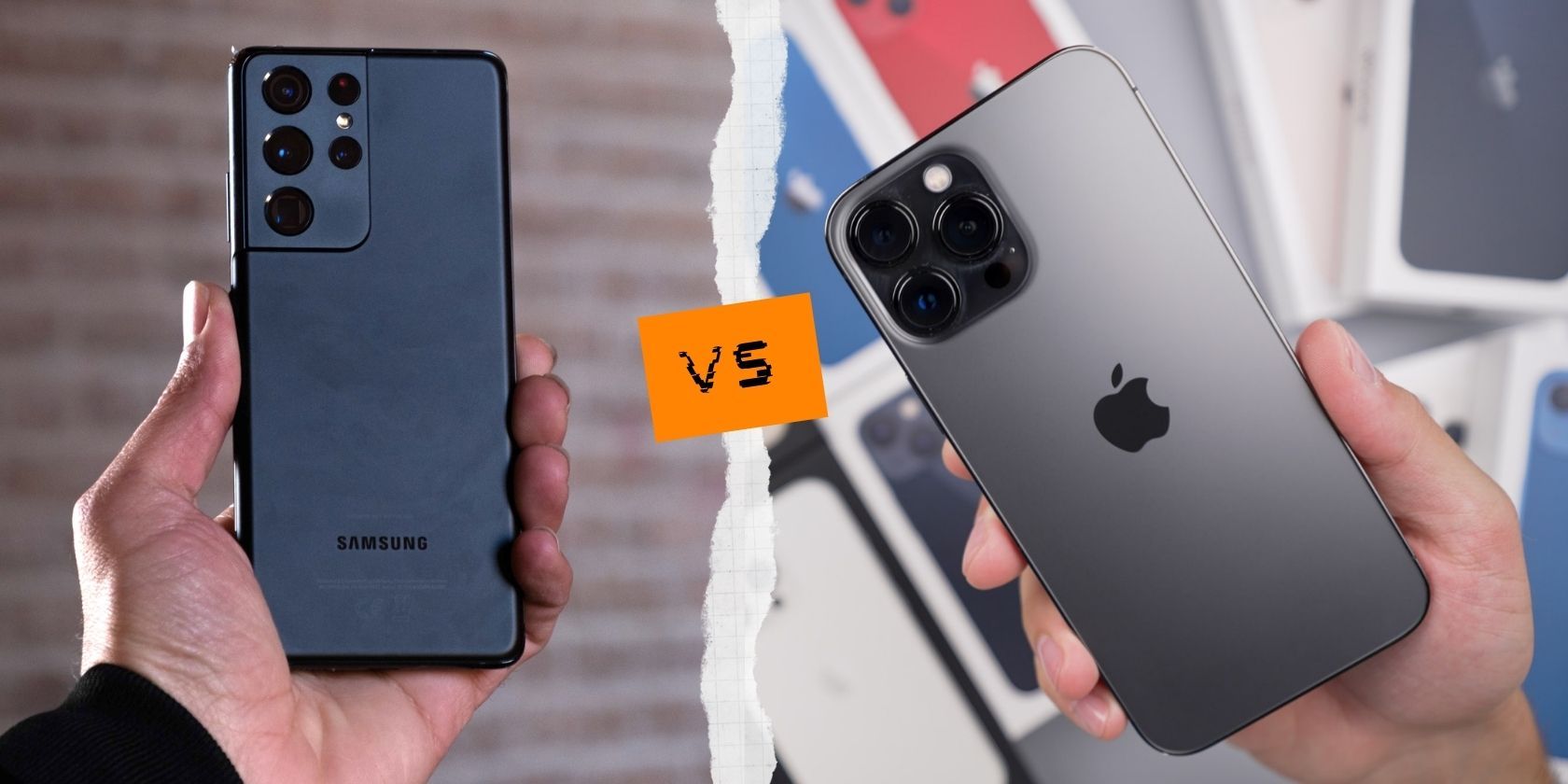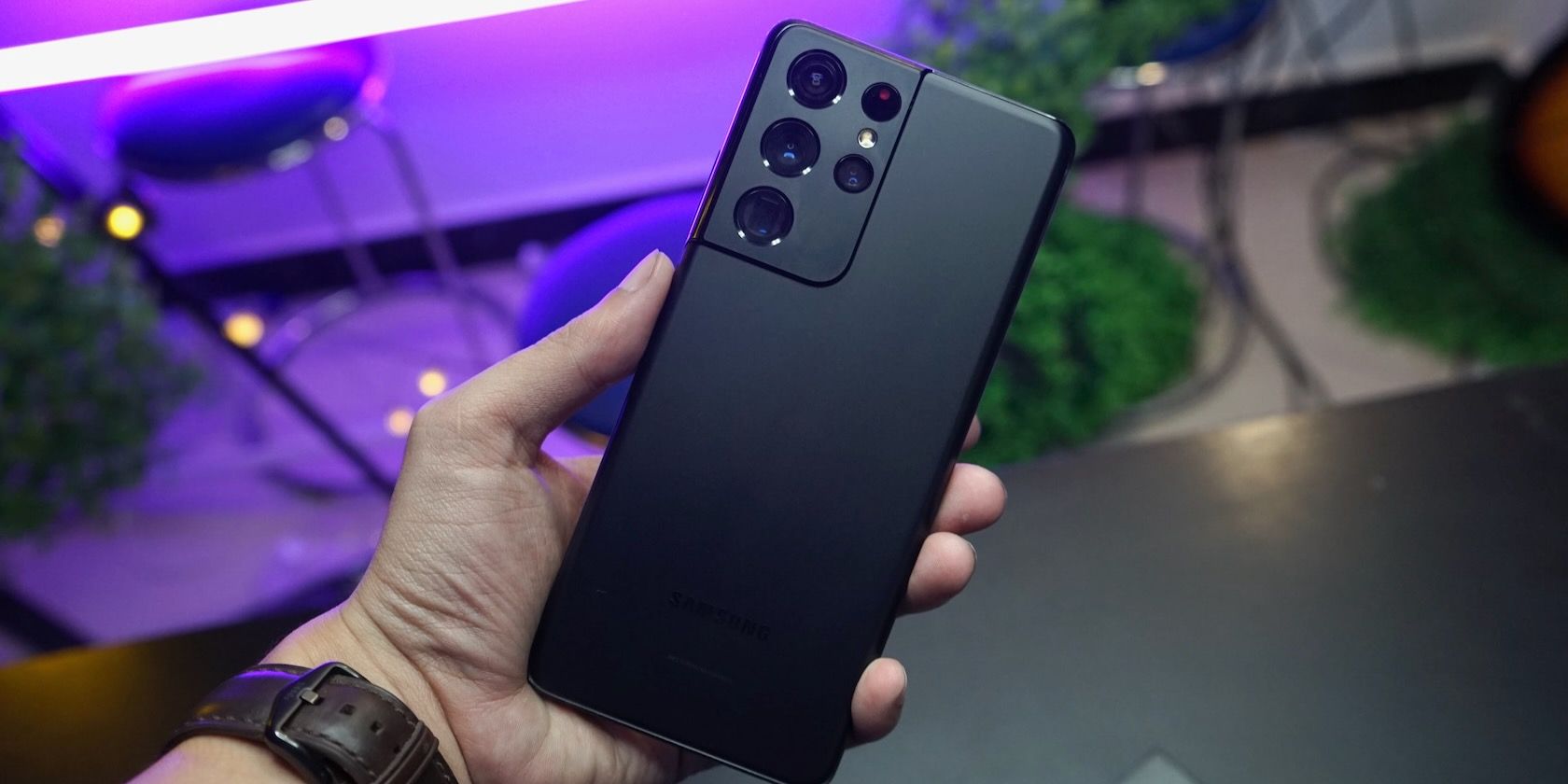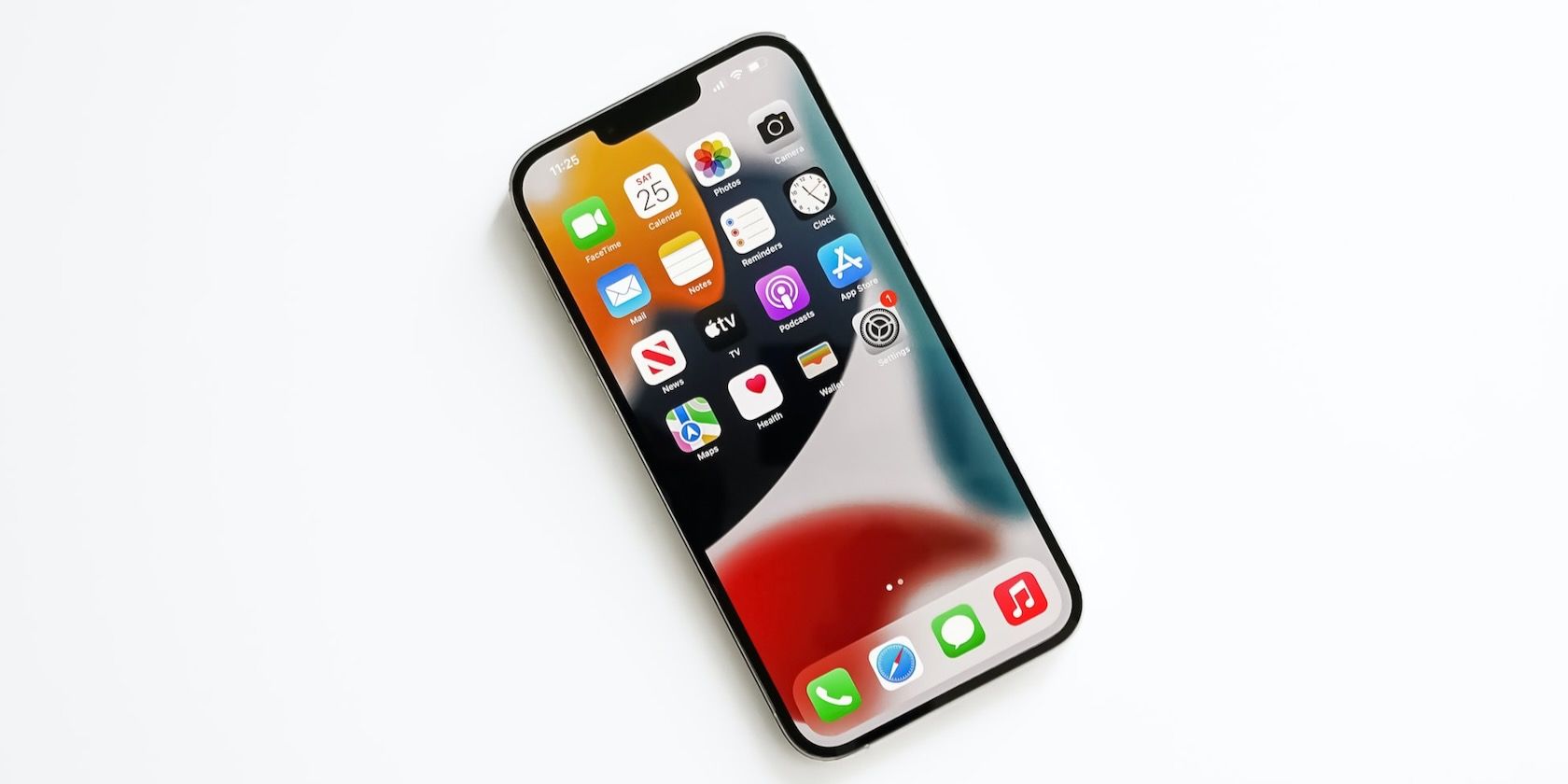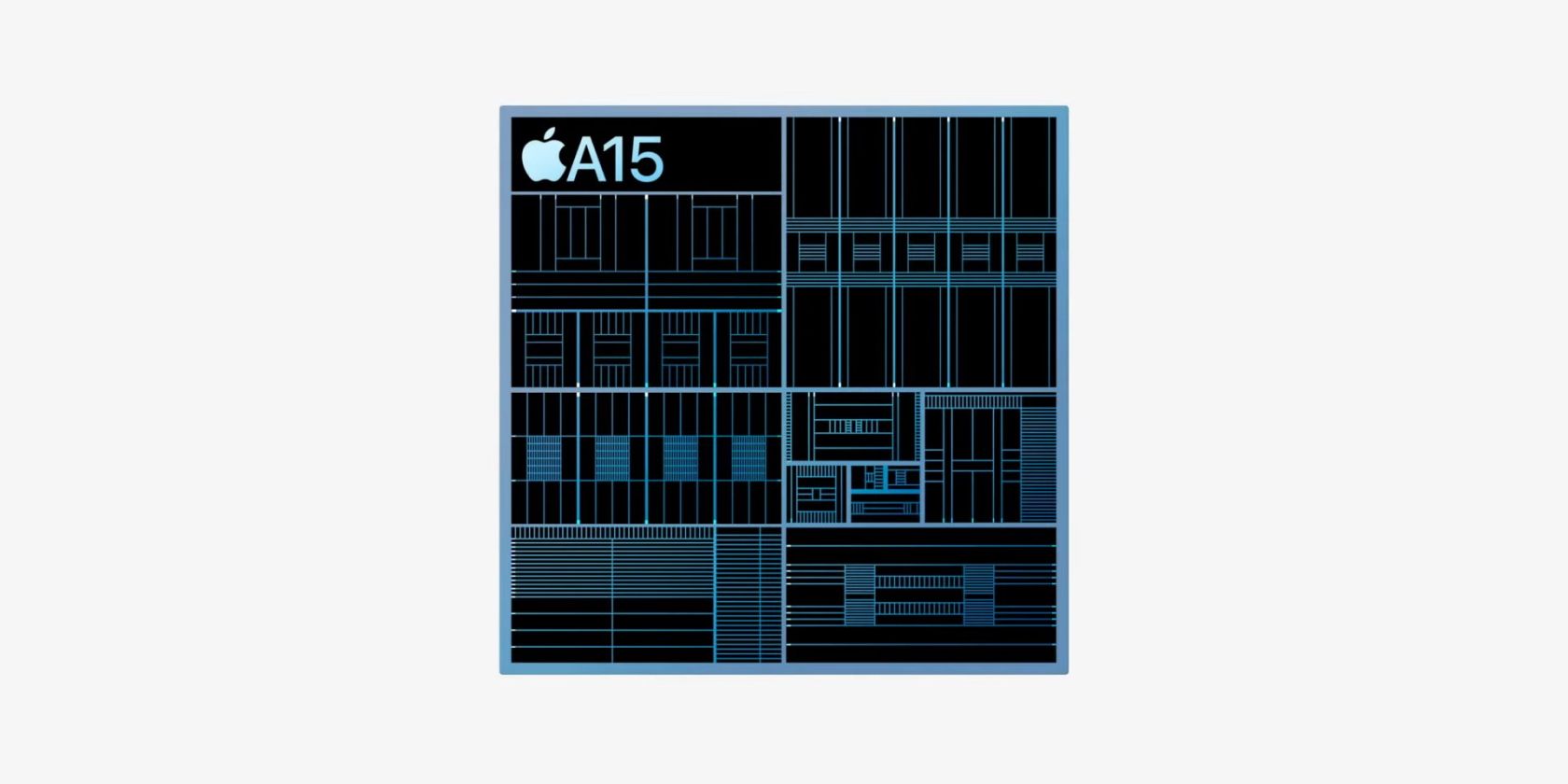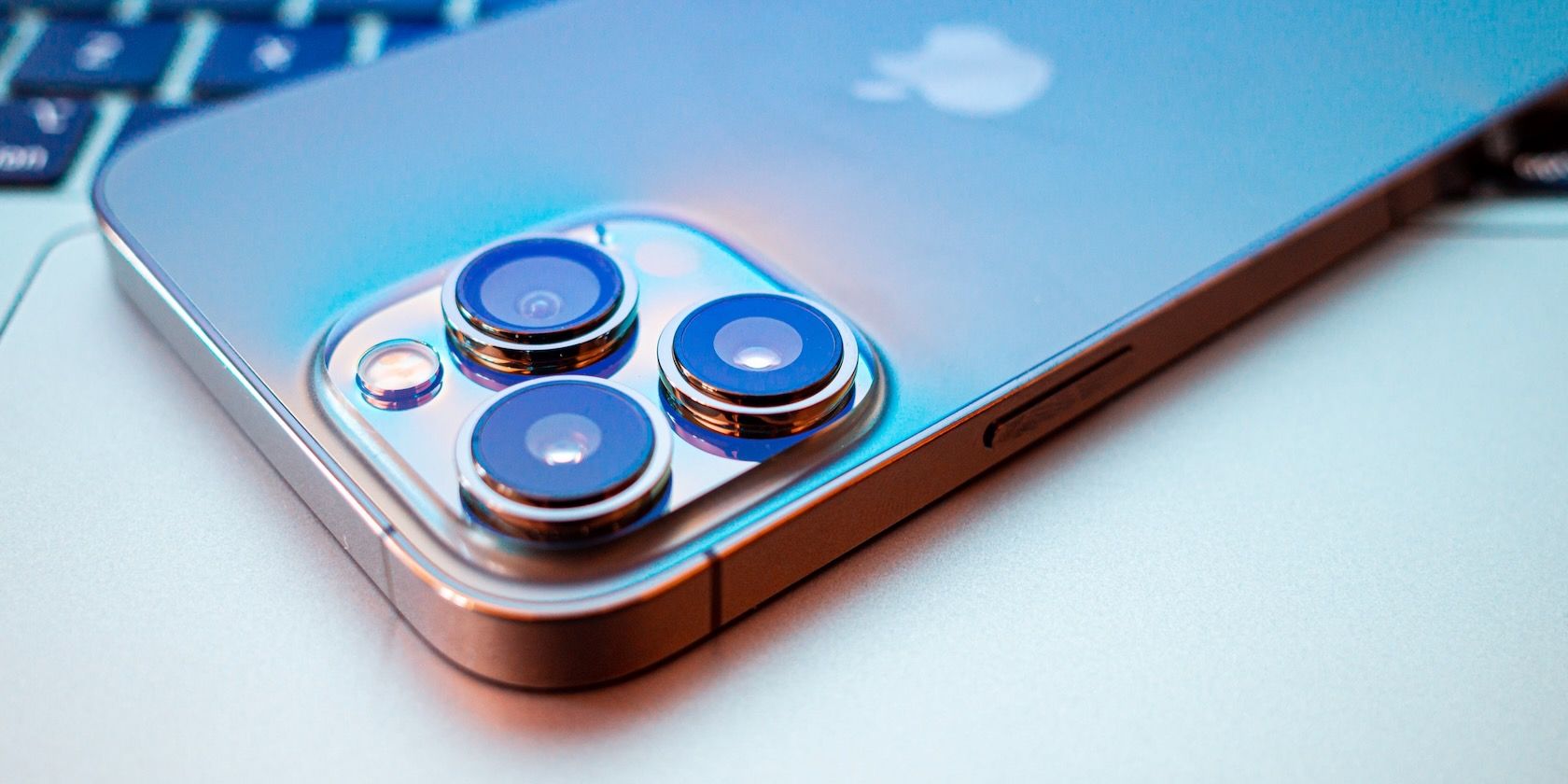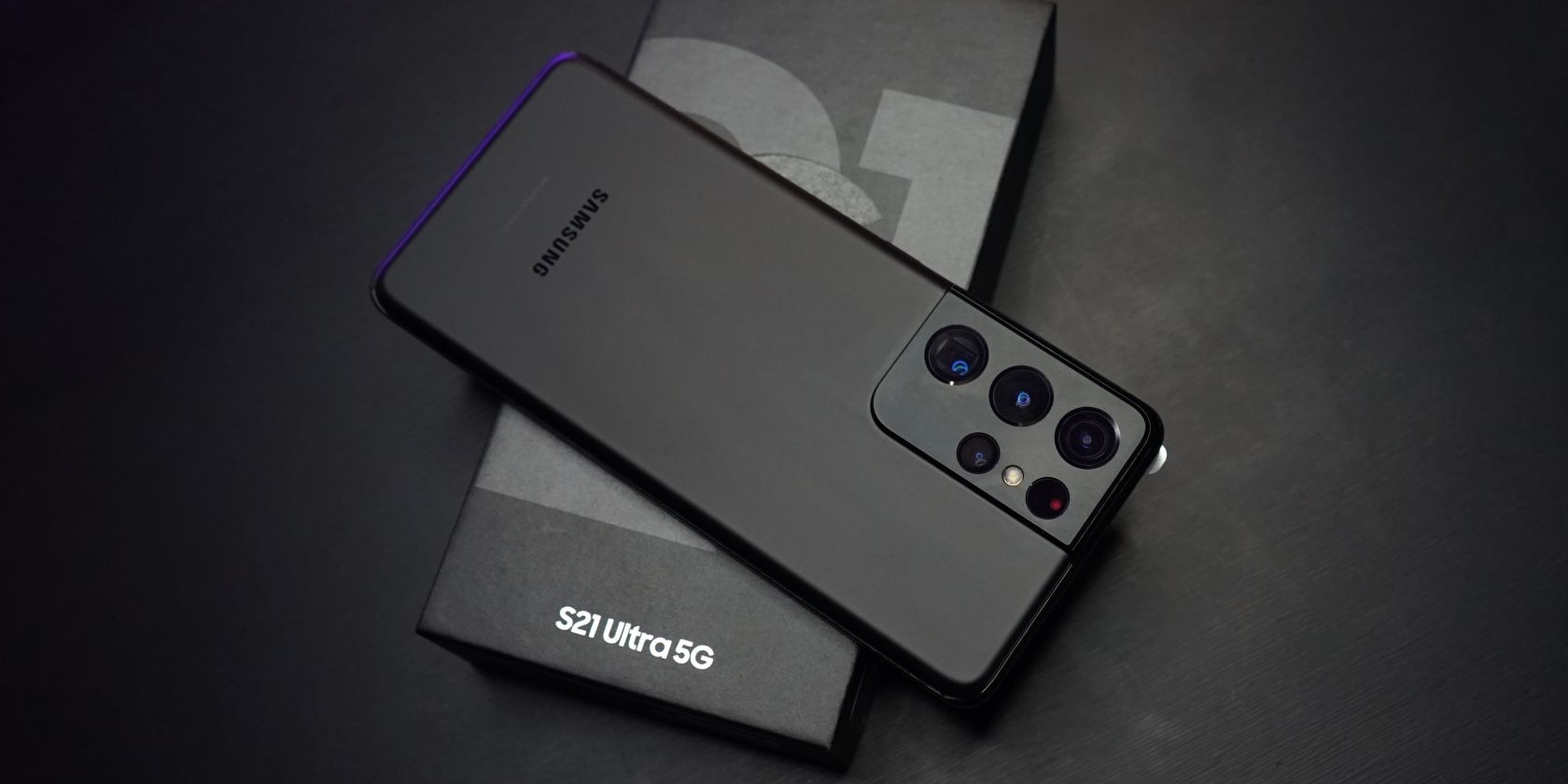The Samsung Galaxy S21 Ultra and the iPhone 13 Pro Max are among the best flagship phones on the market right now. They represent the very best of what Samsung and Apple offer, packing the latest tech available and high-resolution cameras.
Read our comparison below if you want to buy the Galaxy S21 Ultra or the iPhone 13 Pro Max but are confused about which one is right for you.
Dimensions and Build Quality
- Samsung Galaxy S21 Ultra: 165.1 x 75.6 x 8.9 mm; 227 grams; IP68 dust and water-resistant
- iPhone 13 Pro Max: 160.8 x 78.1 x 7.65 mm; 240 grams; IP68 dust and water-resistant
Both phones feature a super-premium build, with the iPhone 13 Pro Max packing a stainless steel chassis and the Galaxy S21 Ultra using an aluminum frame. At the front and back, they both use durable hardened glass to ensure they don't crack or shatter easily. Both Samsung and Apple's offerings are also IP68 dust and water-resistant.
The only issue with the iPhone 13 Pro Max is that it features a Lightning connector, while the Galaxy S21 Ultra has the more common USB-C port. Both phones are loaded in terms of connectivity, with 5G, Wi-Fi 6/6E, Ultra-Wideband, and more.
Display
- Samsung Galaxy S21 Ultra: 6.8-inch Dynamic AMOLED 2x; 1440 x 3200 resolution; 515 PPI; 1500 nits peak brightness; 120Hz dynamic refresh rate; HDR10+; Gorilla Glass Victus; Always-on Display
- iPhone 13 Pro Max: 6.7-inch Super Retina XDR OLED display; 2778 x 1284 resolution; 458 PPI; 1000 nits typical brightness/1200 nits peak brightness; HDR; Ceramic Shield protection; 120Hz ProMotion; True Tone display
The Samsung Galaxy S21 Ultra and the iPhone 13 Pro Max have nearly identical displays: 6.8-inch vs. 6.7-inch.
They are both high-resolution LTPO OLED panels with a dynamic 120Hz refresh rate, meaning they can automatically adjust the refresh rate depending on the content being displayed. You cannot go wrong with the displays of either phone, as they are among the best in the market.
The Galaxy S21 Ultra's display only has one advantage: Always-on Display, which Apple continues to omit on the iPhones.
Chip
- Samsung Galaxy S21 Ultra: Snapdragon 888/Exynos 2100; 5nm fab; Adreno 660/Arm Mali-G78 MP14
- iPhone 13 Pro Max: A15 Bionic; 5nm fab; new 16-core Neural engine; 5-core GPU
The A15 Bionic inside the iPhone 13 Pro Max is two to three generations faster than the Snapdragon 888/Exynos 2100 ticking inside the Galaxy S21 Ultra. The latter's chip is among the fastest in the Android ecosystem, but it simply cannot hold a candle in front of the A15 Bionic in power and efficiency.
The 5-core GPU of the A15 Bionic is also noticeably faster than the Adreno/Mali GPU found inside the Galaxy S21 Ultra. Samsung's offering might be among the best performing Android smartphones out there, but it pales in comparison to Apple's chip prowess.
RAM and Storage
- Samsung Galaxy S21 Ultra: 12/16GB RAM; 256GB/512GB storage
- iPhone 13 Pro Max: 6GB RAM; 128GB/256GB/512GB/1TB storage
The Galaxy S21 Ultra ships with twice the amount of RAM (12GB) and storage (256GB) as the base iPhone 13 Pro Max variant, though you can configure the latter with up to 1TB storage. The base iPhone 13 Pro Max variant will only let you record ProRes videos in Full HD resolution—you need one of the higher storage variants if you want to shoot in 4K.
Despite the Galaxy S21 Ultra coming with twice the amount of RAM, it is not significantly better than the iPhone 13 Pro Max in multitasking and keeping apps in its memory. Both devices are pretty much the same in this regard, with the iPhone again making do with its limited hardware thanks to Apple's software optimizations.
Camera
- Samsung Galaxy S21 Ultra: 108MP f/1.8 primary, 0.8µm large pixels, OIS and PDAF; 12MP f/2.2 ultra-wide (120-degree FoV); 10MP f/2.4 3x optical zoom sensor with OIS; 10MP f/4.9 10x optical zoom with OIS; 100x digital zoom; Front: 40MP f/2.2 with autofocus
- iPhone 13 Pro Max: 12MP f/1.5 primary, dual-pixel PDAF, sensor-shift stabilization; 12MP f/2.8 telephoto lens, 3x digital zoom, OIS; 12MP ultrawide camera with f/1.8 aperture (120-degree FoV), macro photography; Front: 12MP f/2.2 camera
The Samsung Galaxy S21 Ultra might have a noticeably higher resolution primary camera than the iPhone 13 Pro Max, but their overall image quality is largely the same. The image resolution is also the same, as the S21 Ultra outputs pixel-binned 12MP photos.
Both phones offer arguably the best camera experience on smartphones out there, and you cannot go wrong with either of them.
The sensor-shift stabilization on the iPhone 13 Pro Max gives it a slight edge, as it can offer longer handheld exposure times in low-light shots than the Galaxy S21 Ultra.
The Galaxy S21 Ultra does have a more versatile zoom camera setup. Apart from a 3x optical zoom lens, it has a 10x telephoto lens as well, allowing it to capture sharp and usable photos even at higher zoom levels. In fact, Samsung offers 100x digital zoom on the Galaxy S21 Ultra, though the results at such zoom levels are barely usable.
The front camera of both devices is also essentially the same despite Samsung's offering packing a higher 40MP resolution. The iPhone can capture noisy selfies in low-light situations, while the Galaxy S21 Ultra tends to oversharpen them.
Battery
- Samsung Galaxy S21 Ultra: 5000mAh battery; 25W fast wired charging; 15W wireless charging; 4.5W reverse wireless charging
- iPhone 13 Pro Max: 4352mAh battery; 15W MagSafe wireless charging support; 7.5W with Qi wireless chargers; 50% charge in 35 minutes with 20W wired adapter
On paper, the Galaxy S21 Ultra has a noticeably bigger battery than the iPhone 13 Pro Max. However, real-life tests have shown the iPhone 13 Pro Max to last a few hours longer than Samsung's offerings in almost every situation.
The iPhone 13 Pro Max is the longest-lasting smartphone in many of the tests conducted online. This is due to Apple's tight integration between hardware and software that allows it to optimize its iPhones and get the best battery life possible from them despite a relatively small battery.
While not mentioned, the iPhone 13 Pro Max supports wired charging speeds of up to 27W, though both phones take 30 minutes to go from zero to 50%. The iPhone takes longer to reach its full capacity as Apple tends to trickle charge the battery after around 70% to increase its lifespan.
Both phones support 15W wireless charging speeds, but the iPhone 13 Pro Max can only achieve these speeds when used with a MagSafe charger. It also lacks reverse wireless charging, which can be helpful to charge your wireless earbuds or other accessories wirelessly when you are on the go.
Price
- Samsung Galaxy S21 Ultra: starts from $1,199
- iPhone 13 Pro Max: starts from $1,099
BUY FROM SAMSUNG
BUY FROM WALMART
The Galaxy S21 Ultra has a higher starting price than the iPhone 13 Pro Max. However, that's just on paper as the device is frequently discounted to less than $1,000 by various retailers. The iPhone 13 Pro Max, on the other hand, is rarely discounted, especially if you plan to buy the unlocked variant.
Despite the slight price difference, the iPhone 13 Pro Max is a more attractive phone since software updates mean it can easily last for around 5+ years, an area where the Galaxy S21 Ultra will struggle. Samsung will give it three years of OS updates.
Galaxy S21 Ultra vs. iPhone 13 Pro Max: Which One Should You Buy?
Apart from the hardware differences, the most significant difference between the Galaxy S21 Ultra and the iPhone 13 Pro Max is the OS they run: Android vs. iOS. Which one is right for you will depend on your use case and what you expect from your phones.
Irrespective of which device you pick, though, the two phones represent the very best of their ecosystems, and you cannot go wrong with them. However, if you value battery life and a consistent experience, the iPhone 13 Pro Max is the more tempting option to go for.

